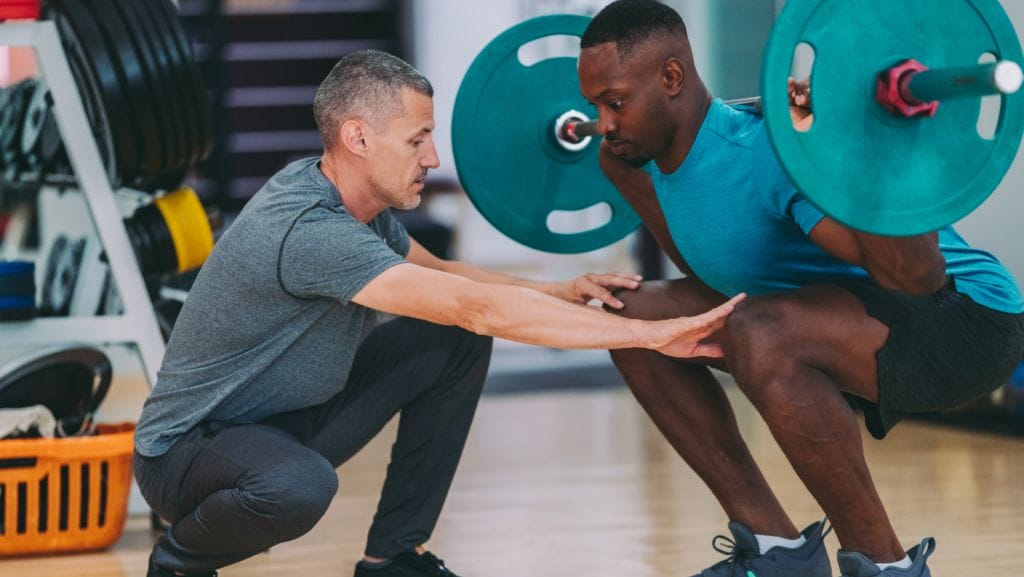Imagine a bustling fitness community, filled with individuals from all walks of life, each with their own unique abilities and fitness goals. From the seasoned athlete to the novice just starting their fitness journey, everyone is welcome and encouraged to push their limits. But how do coaches ensure that each client can participate fully, regardless of their ability level? In this blog post, we’ll delve into the world of movement modification and explore how coaches adapt workouts to make them accessible and effective for everyone.
Embracing Mobility Limitations with Creative Modifications
Fitness coaches are masters of adaptability, turning limitations into opportunities for growth. When faced with clients who have mobility restrictions, these coaches work their magic by crafting creative movement modifications.
1. Alternative Exercises: Coaches are equipped with a repertoire of alternative exercises that provide similar benefits to the original movement. If a client is unable to perform a squat due to knee issues, the coach may introduce exercises like step-ups or box squats to target the same muscle groups without exacerbating the limitation.
2. Mobility Drills: To address mobility restrictions, coaches incorporate specific mobility drills into the warm-up or cooldown routine. These drills help improve range of motion, joint stability, and flexibility, allowing clients to gradually overcome their limitations over time.
Age Is Just a Number: Customizing Fitness for Older Adults
Fitness coaches understand the unique considerations when working with older adults and tailor movements to promote safety and joint health.
1. Scaling Intensity: Coaches carefully adjust the intensity of workouts to suit the fitness level of older adults. By reducing the weights, modifying the rep scheme, and ensuring sufficient rest periods, coaches help older clients build strength and endurance gradually.
2. Joint-Friendly Modifications: Coaches prioritize joint health for older adults. They may replace high-impact movements, such as jumping exercises, with low-impact alternatives like step-ups or lunges. This ensures a reduced risk of injury while still challenging the muscles and cardiovascular system.
Building Bridges: Inclusive Coaching for Every Body
Fitness coaches champion inclusivity and make it their mission to ensure that every client, regardless of ability level, feels empowered and supported throughout their fitness journey.
1. Individualized Assessments: Coaches begin by conducting thorough assessments, taking into account each client’s ability level, goals, and any limitations they may have. This personalized approach allows coaches to gain a deeper understanding of their clients and tailor movements accordingly.
2. Constant Communication: Coaches foster open lines of communication with their clients. By actively listening to their needs, concerns, and progress, coaches can provide timely modifications and adjustments, ensuring that clients feel comfortable and confident during workouts.
Fitness coaches play a crucial role in creating an inclusive fitness environment where everyone can thrive. Their ability to modify movements based on individual ability levels and goals allows clients to participate fully, regardless of limitations. Through creative modifications, scaling intensity, and personalized assessments, these coaches empower clients to reach their potential and unlock their fitness journey. So, whether you’re a beginner, an older adult, or someone with mobility limitations, rest assured that fitness coaches are here to guide and support you every step of the way. Remember, in the world of fitness, there are no barriers—only opportunities for growth and achievement.

